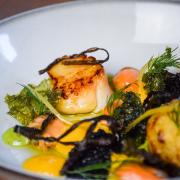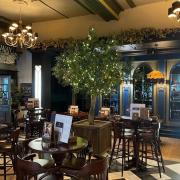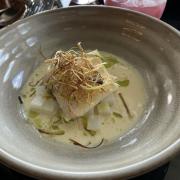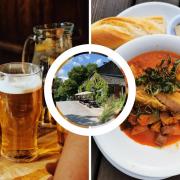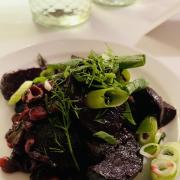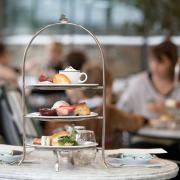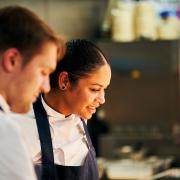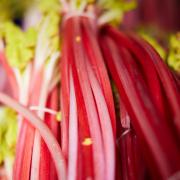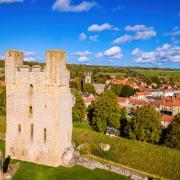Yorkshire has had a long and fruitful history with the apple

If the old saying has even an ounce of truth in it, then doctors up and down the country might as well take October 21st off work because there will be absolutely nothing for them to do. It’s National Apple Day, celebrating the wealth and variety of the fruit available in the UK with roadshows, classes, markets and all manner of apple-related activities all around the country.
The first Apple Day celebrations were held in Covent Garden’s old apple market in 1990, bringing fruit back to the site after 16 years’ absence. Organisers Common Ground immediately knew they were on to a winner as fruit growers, nurseries, the WI, schools, cider-makers, writers and illustrators filled 40 stalls.
Over the next few years, the number of events popping up around the country grew from 60 in 1991 to more than 600 by the new millennium – a number that has continued to grow in the years since.
‘Apple Day has played a part in raising awareness not only of the importance of orchards to our landscape and culture,’ said a spokesman for Common Ground, ‘but also in the provenance and traceability of food.

‘It has been one impetus behind the developing network of farmers’ markets and is helping people everywhere to discover they are not alone in valuing the links between food and the land, between natural resource use and the impact we have on nature.’
Here in Yorkshire, we are lucky enough to have a plentiful crop of apples that originated in the county or have been growing here for a long time (long before custard was invented). Many native varieties, some of which date back to the 18th century, can be found at growing sites around the county such as RV Roger in Pickering, Ampleforth Abbey Orchard, Harewood House, RHS Harlow Carr in Harrogate, Helmsley Walled Garden, Beningborough Hall near York, Newby Hall in Ripon, the Great Yorkshire Showground in Harrogate and Nunnington Hall Orchard.
Ribston Pippin is probably the best-known Yorkshire apple. It dates back to 1707, when the original tree is said to have been grown from a pip brought from Rouen in France by Sir Henry Goodricke to Ribston Hall, near Knaresborough. It pleasantly tickled local tastebuds and was grown commercially throughout the 19th century, growing all the time in popularity for its rich, intense, aromatic flavour and keeping qualities.
Cox’s Orange Pippin is thought to have grown from a pip of Ribston Pippin in the mid 1800s (it must have been one heck of a pip). While Acklam Russet, with its dark, textured, deep red skin and rich taste, dates back to the mid-1700s and originates from the village of Acklam.
A more recent Yorkshire variety is Grandpa Buxton which came from Copt Hewick, between Harrogate and Ripon, in the mid 1990s. Although not grown on a large scale, it’s proved to be a popular cooking apple and a reliable cropper producing large, attractive, yellow/green fruits flushed with red.
If you’re looking for something a bit unusual, then look no further than Dog’s Snout (nice apple, shame about the name) with its distinctive pear-shaped fruits. Its age is a bit woolly, but it pre-dates 1875 and is a hardy, reliable variety – much like Yorkshire folk themselves.
Other local fruits to seek out next time you’re at your favourite farmers’ market are Yorkshire Beauty, a flavourful cooking apple that dates back to the late 18th century and produces angular fruits with a rose flush; Flower of the Town (1831), Cockpit Improved (1800s), Yorkshire Greening (1759), Hornsea Herring (1885), Helmsley Market (pre-1935) and Fillingham Pippin (1800s).
We’d love to know about your favourite apple variety – and where it’s available in the county. Write to Yorkshire Life, PO Box 163, Ripon, North Yorkshire, HG4 9AG, email feedback@yorkshirelife.co.uk or tweet @Yorkshire_Life.




